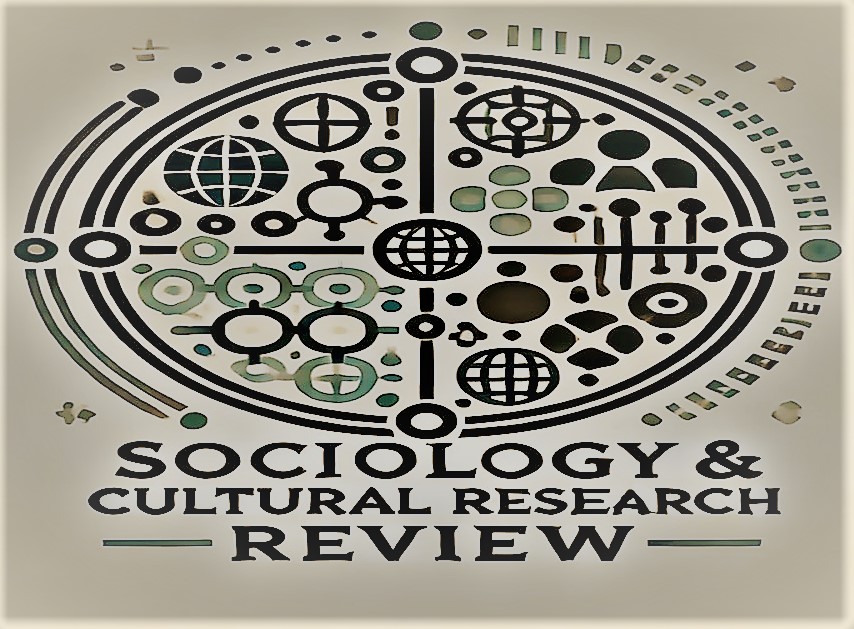How Youth in Different Provinces (KP Vs Punjab Vs Sindh) Perceive Political Parties Due To Exposure to Polarized Content on Social Media
Abstract
This is because the emergence of social media as a very powerful communication tool has reshaped the political language and the participation of the youth in Pakistan. The research paper focuses on the perception of the youth in various provinces, Khyber Pakhtunkhwa (KP), Punjab, and Sindh on political parties as a result of exposure to polarized content via the social media. The study is based on the Framing Theory and Selective Exposure Theory and draws secondary data to determine how digital polarization influences the political attitudes, trust and participation of young users. Based on the information provided by academic papers, surveys, and media coverage, it is evident that social media is now one of the most important locations of ideological struggle between leading political parties in Pakistan such as the Pakistan Tehreek-e-Insaf (PTI), Pakistan Muslim League-Nawaz (PML-N), and Pakistan Peoples Party (PPP). The evidence indicates that young people are extremely vulnerable to the influence of an algorithm-driven echo chamber and political partisan content that can strengthen existing political affiliations. Digital dominance of PTI in KP causes a sense of a reformist politics focused on accountability; In Punjab, youth engagement shows the legacy of PPP populist and regional politics with competitive online communities that are fragmented but politically active; and in Sindh, youth engagement is seen as a result of the impact of PPP populist and regional politics. The research also concludes that low media literacy and heavy use of digital news makes one more vulnerable to misinformation and emotional rhetoric to further deepen provincial political divisions. The study suggests improvement of programs on digital media literacy to enable the youth to analyze political information with a critical view and minimize polarization. It also supports the idea of neutral media regulation, political advertising transparency and academic cooperation in monitoring online discussions. Through being able to instill a balanced, critical and participatory electorate among the youth, Pakistan will have a better chance of creating an informed young electorate.
Keywords: Social Media, Political Polarization, Youth Perception, Pakistan, Framing Theory, Selective Exposure, Political Communication, Digital Media




